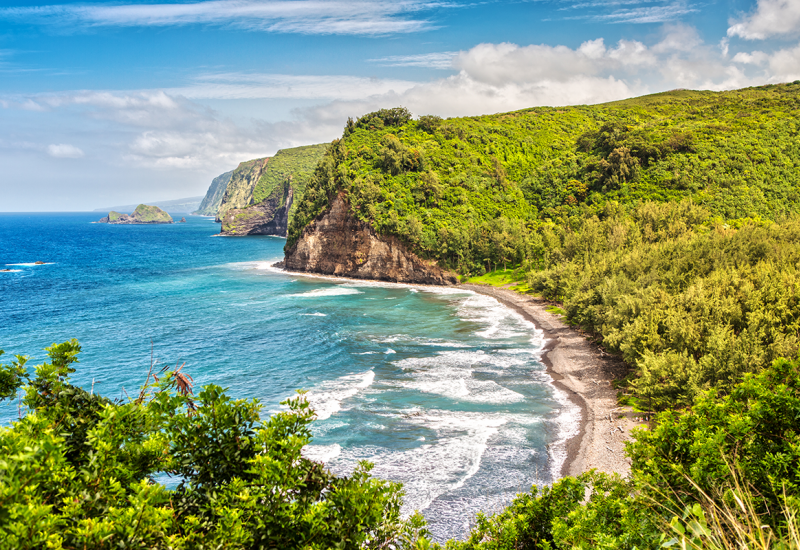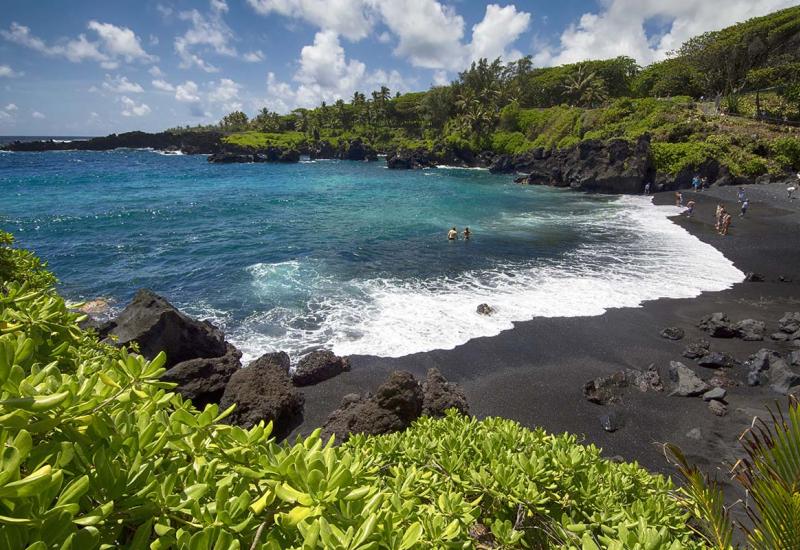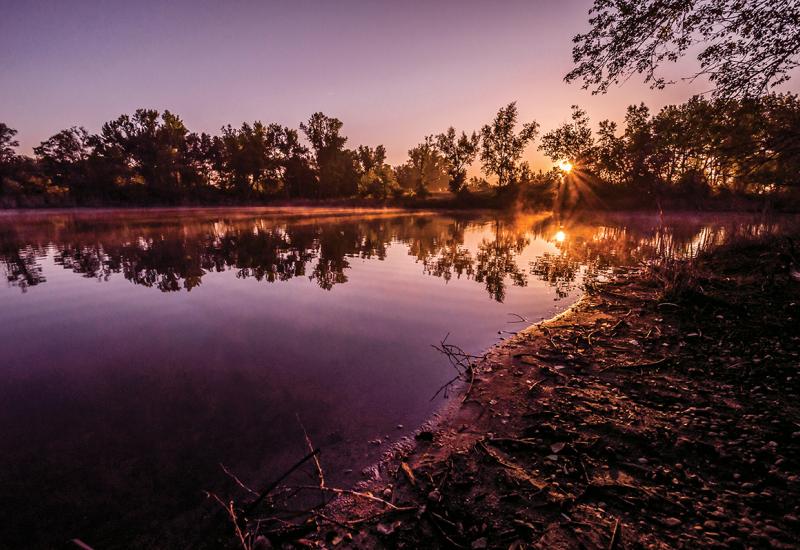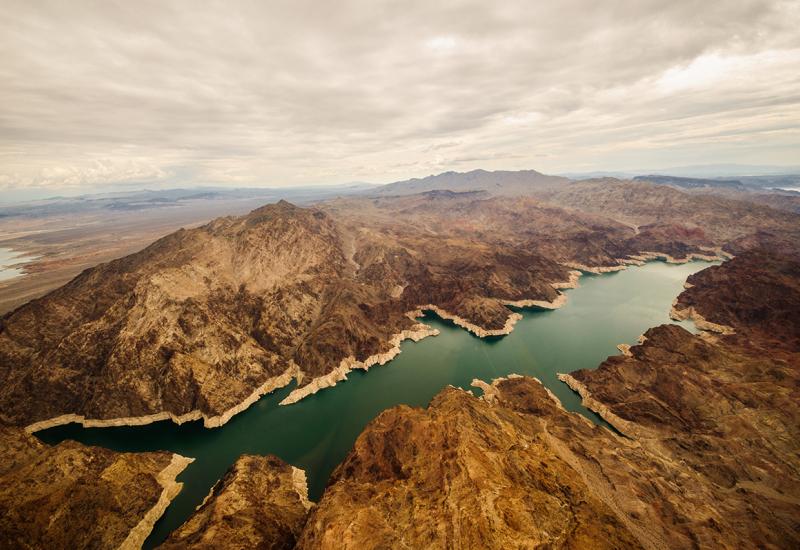Scuba Diving in Michigan's Sleeping Bear National Lakeshore - Conditions and Information
This year marks the 100th anniversary of our National Parks, a century of stewardship first derived from the uniquely American notion that magnificent lands are worth protecting. Now numbering 59, the parks aren’t all purple mountains majesty, but rather a diverse collection that includes islands, seashores, lake shores, reefs and surrounding waters.
MORE DIVES IN THE USA
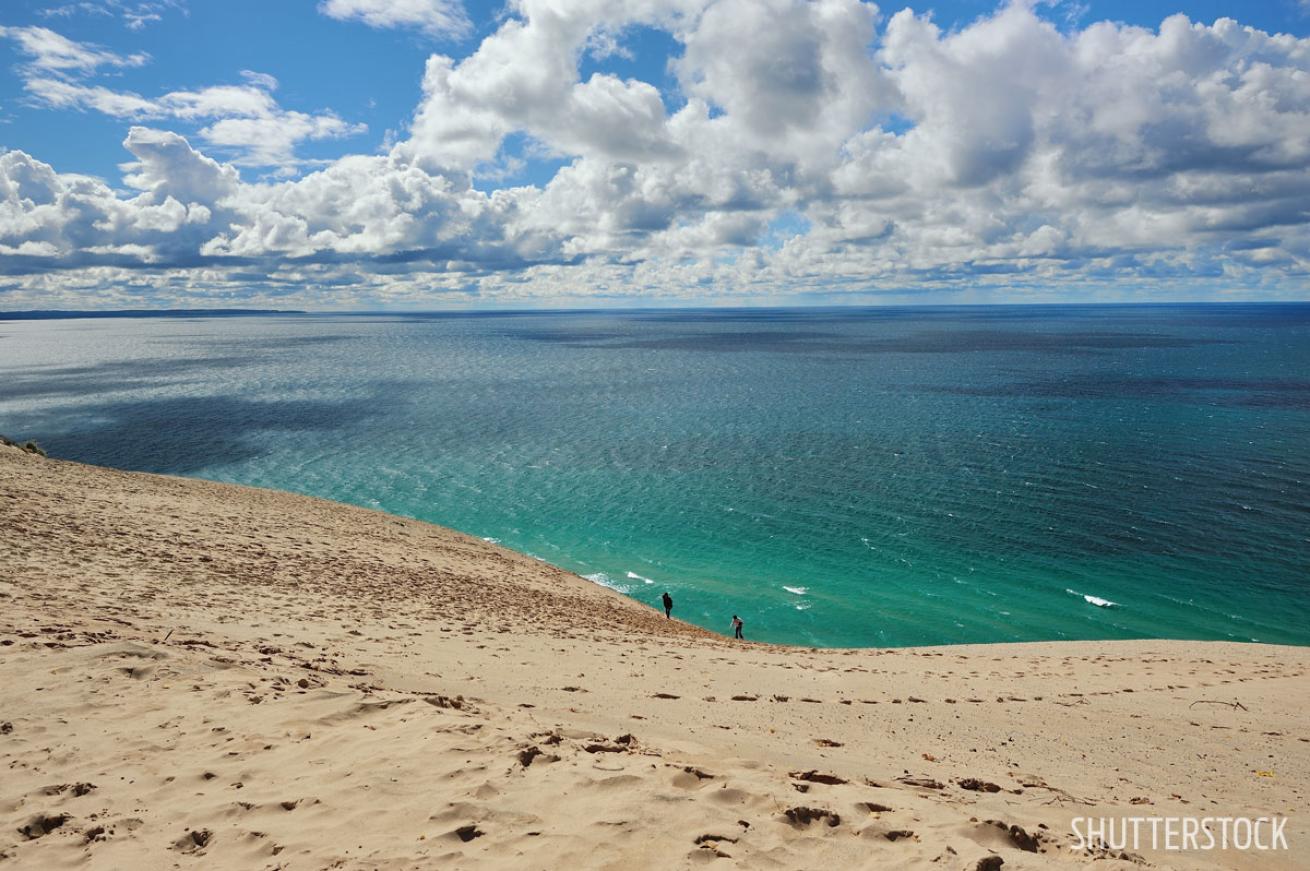
ShutterstockMichigan's beautiful Sleeping Bear Dunes National Lakeshore is home to wrecks dating back to the 1800s.
Dive Conditions and Facts
Depth: Between 30 and 100+ feet
Dive Access: Boat
Water Temperature: 40-50 degrees F in winter, about 75 degrees F in summer
Visibility: About 40 feet
When to Go: June to October
Dive Shop: There are no dive operators guiding in Sleeping Bear, but Scuba North in Traverse City is the closest dive center, and it provides rental tanks and gear. A short drive across the peninsula allows divers shore-/boat-launch access in the park.
Price: Tank rentals are $12 per day
Scuba Diving Overview
Legend has it that Sleeping Bear is a sand dune resembling its namesake. Visitors flock here to play in the sand and admire its attractive, hilly wooded landscape along the northwestern shore of Michigan’s Lower Peninsula. But offshore lies another aspect that gets fins flipping in the best of ways, and that would be wrecks – many that are remnants of the lumber boom of the 1800s.
Declared the Manitou Passage Underwater Preserve – the sister component of the National Lakeshore – the combination of clear water and easily accessible wrecks is a diver magnet; the park even distributes its Beachcombing for Shipwrecks brochure, attesting to the periodic emergence of artifacts due to storms and shifting sands. Most locations offer opportunities for both new and more-experienced divers, with wrecks running the gamut from shallow and partially above water to deep and technical. A few call-outs from Sleeping Bear’s waters include the 247-foot Francisco Morazan freighter lost in a 1960 snowstorm; the Walter L. Frost, a 235-foot wooden steamer that ran aground in 1903; and the 265-foot wooden steamer Congress, which caught fire at South 1904 and sank in 165 feet of water. Considering 6,000 ships and 30,000 lives are estimated to have been lost throughout the region, the Graveyard of the Great Lakes nickname certainly holds true at Sleeping Bear.

